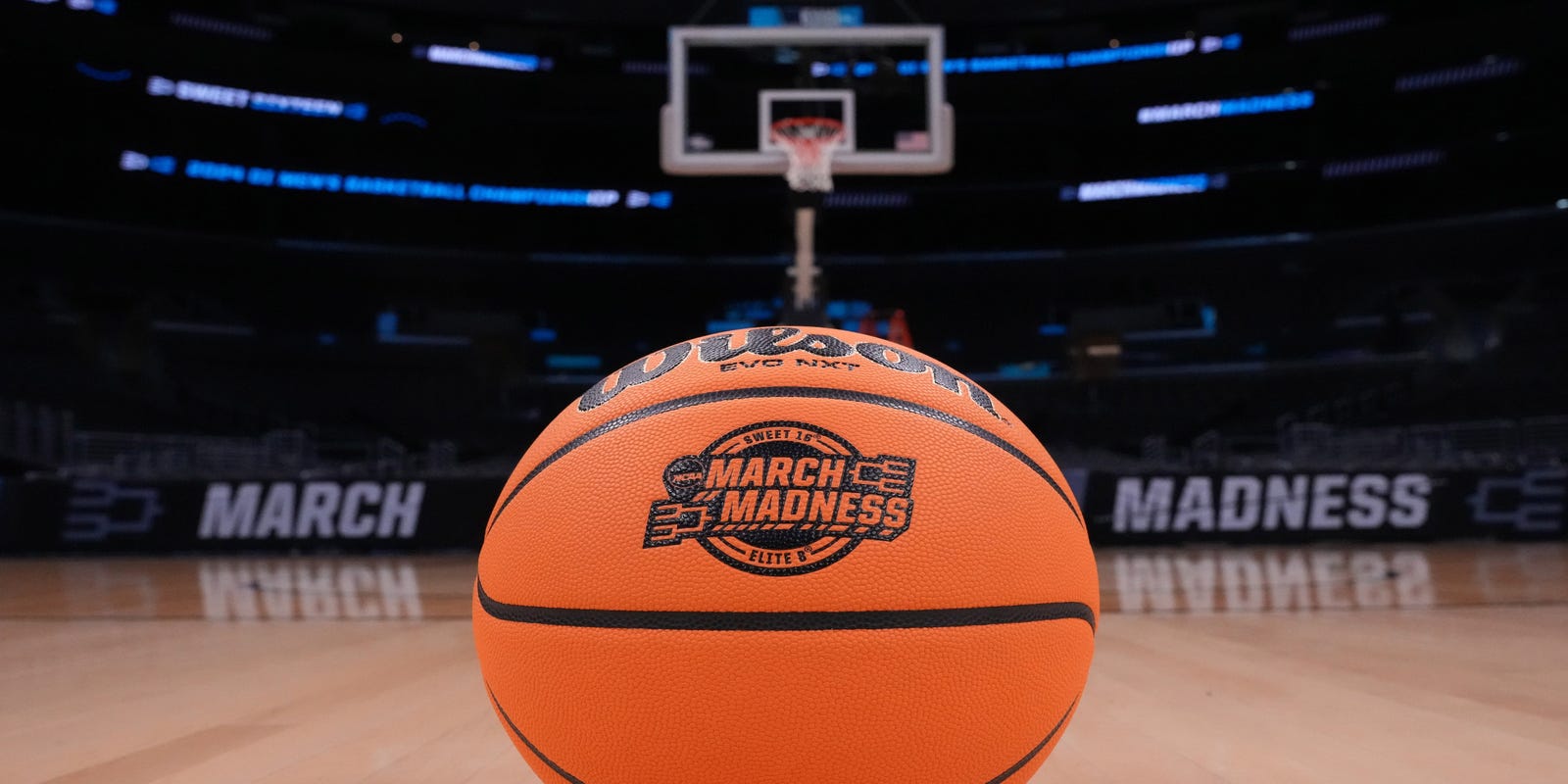Cord-Cutters Beware: YouTube TV Drops CBS Channels Ahead of March Madness and Masters Tournament

Breaking News: YouTube TV Drops Paramount Channels in Sudden Carriage Dispute
Streaming subscribers, brace yourselves for a significant channel lineup shake-up. YouTube TV and Paramount have failed to reach a new distribution agreement, resulting in the immediate removal of several popular channels from the platform.
Viewers will no longer have access to the following Paramount-owned networks:
• CBS
• MTV
• Nickelodeon
• Comedy Central
• BET
• Paramount Network
• TV Land
• VH1
This sudden split means YouTube TV subscribers will lose access to numerous favorite shows, live sports, and entertainment programming that were previously part of their standard package. The dispute highlights the ongoing challenges in digital media distribution and the complex negotiations between streaming platforms and content providers.
Affected customers are advised to check their current channel lineup and consider alternative streaming options if these channels are crucial to their viewing experience. YouTube TV has recommended exploring their current channel offerings or adjusting their subscription accordingly.
Stay tuned for potential updates as negotiations between YouTube TV and Paramount may continue in the coming weeks.

